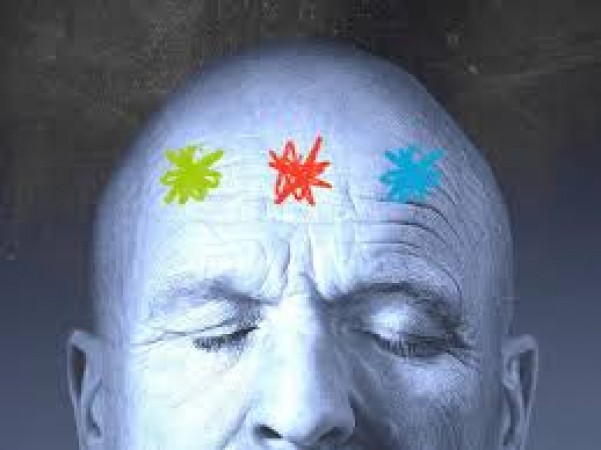
Headaches are a common affliction, affecting millions of people worldwide. Among the plethora of headache types, migraine stands out as one of the most notorious. Understanding its causes and effective prevention strategies can significantly alleviate its impact on daily life.
Headaches are not a one-size-fits-all condition; they come in various forms, each with its unique characteristics and triggers. From tension headaches to cluster headaches, the spectrum is vast and diverse.
Tension headaches, often described as a dull ache or pressure around the head, are the most prevalent type. They typically stem from stress, poor posture, or muscle strain, making them a familiar companion during hectic days.
Cluster headaches, though less common, are notorious for their intensity. They manifest as excruciating pain around one eye, often accompanied by nasal congestion and tearing. Despite their brief duration, lasting from 15 minutes to three hours, they can be debilitating.
Sinus headaches are often mistaken for migraines due to their overlapping symptoms. However, they primarily result from sinus inflammation rather than neurological causes. Addressing the underlying sinus issue is key to managing these headaches effectively.
Migraine headaches are perhaps the most disruptive and debilitating of them all. Characterized by throbbing pain, sensitivity to light and sound, nausea, and even visual disturbances known as auras, migraines can significantly impede daily functioning.
While the exact cause of migraines remains elusive, various factors contribute to their onset, including genetics, environmental triggers, and neurochemical imbalances in the brain.
Studies have shown that migraines often run in families, indicating a genetic predisposition. Specific gene variants may make individuals more susceptible to environmental triggers, increasing their likelihood of experiencing migraines.
Neurological abnormalities, such as cortical spreading depression and altered neurotransmitter levels, play a significant role in migraine pathophysiology. These disruptions lead to sensory sensitivities, blood vessel changes, and inflammation, culminating in the hallmark symptoms of migraines.
Migraine triggers vary widely among individuals, ranging from dietary factors like caffeine and artificial sweeteners to environmental stimuli such as bright lights and strong odors. Hormonal fluctuations, stress, and sleep disturbances further contribute to migraine susceptibility.
While migraines can be challenging to predict and prevent entirely, adopting proactive measures can help reduce their frequency and severity.
Simple lifestyle changes, including maintaining a regular sleep schedule, managing stress through relaxation techniques or mindfulness practices, and staying hydrated, can significantly impact migraine frequency and intensity.
Keeping a detailed headache diary can aid in identifying individual triggers, enabling targeted avoidance strategies. By recognizing patterns and avoiding known triggers, individuals can exert greater control over their migraine episodes.
For those with frequent or severe migraines, medication management may be necessary. This may include over-the-counter pain relievers for mild episodes or prescription medications like triptans and preventive drugs for more severe cases. Botulinum toxin injections have also shown efficacy in reducing migraine frequency in certain individuals.
While headaches, including migraines, can be disruptive and distressing, understanding their underlying causes and implementing effective prevention strategies can significantly improve quality of life. By unraveling the complexity of headaches and embracing proactive management approaches, individuals can navigate the often daunting landscape of headache disorders with greater confidence and control.
Can drinking water immediately before sleeping cause harm?
If you have kidney stones then do these things
Study Reveals Diabetic Men Are at Higher Risk of This Serious Disease Than Women